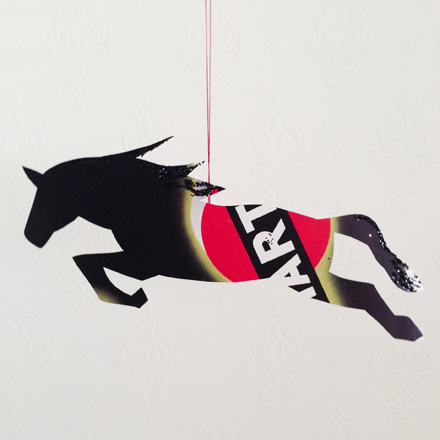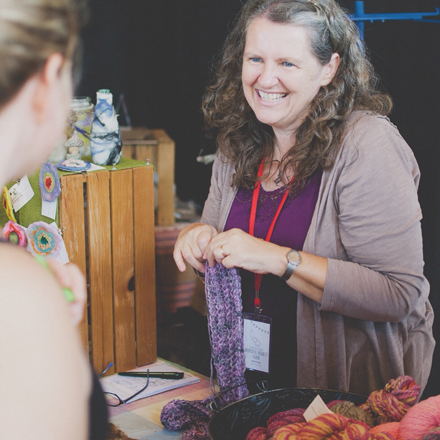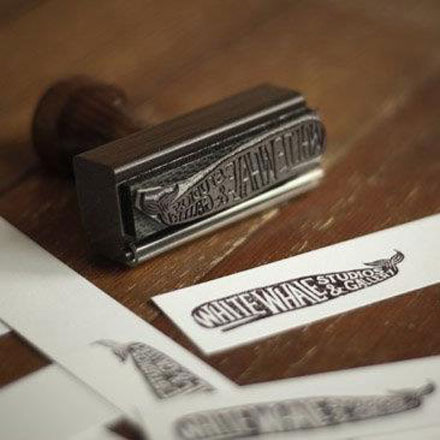We're so excited for our upcoming crafting class with the amazing Mollie Greene of Royal Buffet and Sweet Paper Crafts. Mollie's fanciful paper lovelies never fail to delight, and now she's going to show you how to create wonderful ornaments for holiday gift giving, tree decorating, or present topping. All the supplies will be provided (vintage papers! glass glitter! and more!), just bring your own pair of scissors. Mollie has nearly 20 different ornament styles ready for you to create, see how many you can make!
WHAT: Paper Ornaments WHEN: Thursday, November 14 from 7 – 10 pm WHERE: Cowork, 1040 W. Washington Street, Greenville SC 29601 COST: $25 REGISTER HERE
DETAILS:Come for a fun evening of handcrafting original paper ornaments using vintage and antique papers, German glass glitter, tinsel, crepe paper, string, and more. Each participant will leave with the ornaments they create throughout the evening, and their own set of templates to take home for more holiday paper merrymaking. All paper finery and other supplies will be provided, but we suggest bringing your own sharp scissors along with you. Mollie will be guiding you through the ornament making process as well as offering paper crafting tips and tricks along the way.
Here's a little peek at just a few of the ornament styles you'll learn to make:
These paper ornaments are so much fun to make and even more fun to give. They make the perfect gift for teachers too!
You don't want to miss this crafty evening with Mollie, it's going to be swell. Grab your friends and register here!



















![13 HolidayDisplayWorkshop_IndieCraft_JPEG[1]](https://images.squarespace-cdn.com/content/v1/54110a3ce4b04a48b9aa8bf1/1428320544557-FIBFXWKW7280GSIOW758/13-HolidayDisplayWorkshop_IndieCraft_JPEG1.png)



































































